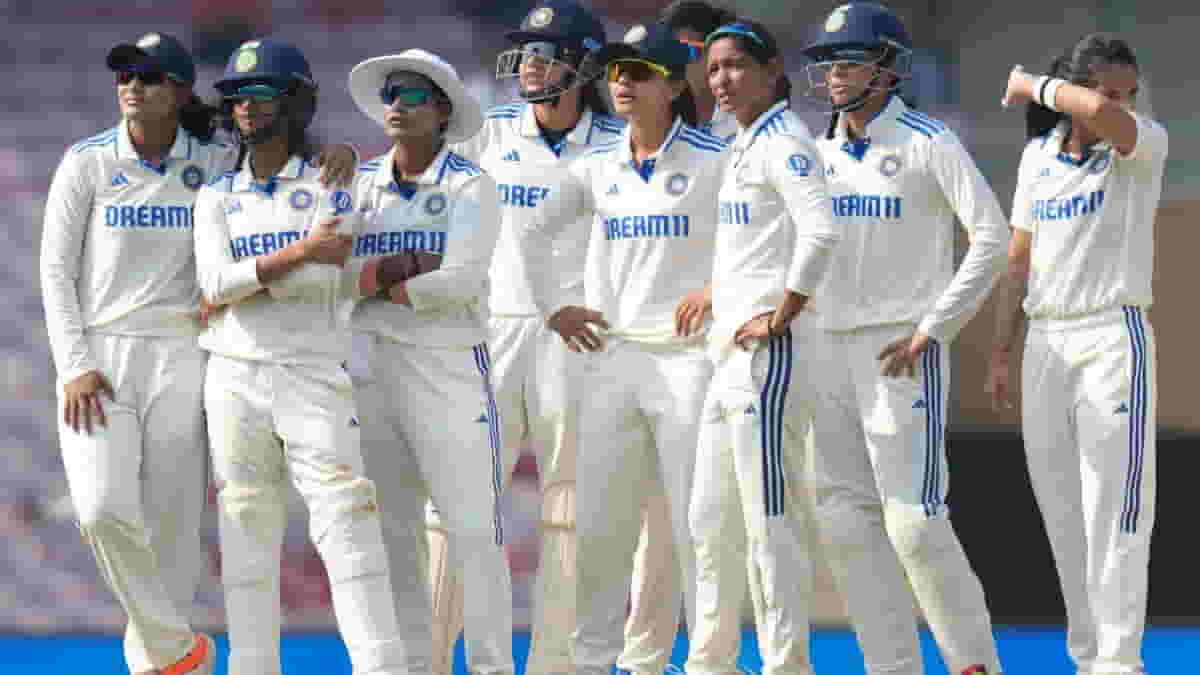
While the shorter, more flamboyant versions of cricket have taken center stage, the charm of traditional Test matches remains unparalleled in gauging a cricketer’s true abilities. The extended format, spanning five days for men and four for women, unveils crucial facets of the game – concentration, consistency, control, fitness, discipline, mental strength, and strategic planning in both batting and bowling.
In a world dazzled by the vibrant hues of limited-overs cricket, the sight of players donning whites on a lush green field adds a touch of nostalgia and purity to the sport. Yet, Test cricket faced a turning point in the ’70s when a surge of cautious play led to more drawn matches, prompting Kerry Packer’s entertaining cricket circus. This marked the onset of limited-overs cricket, a colorful spectacle that transformed the game into a fast-paced, result-oriented extravaganza.
However, this shift had consequences. Average-skilled cricketers rose to fame, and the sport saw the emergence of field and bowling restrictions, power play, and shortened boundaries, favoring brute force over artistry. The evolution culminated in the immensely popular T20 format, a delight for spectators but a less satisfying experience for cricketers.
Surprisingly, amidst the glitz of limited-overs cricket, top men and women cricketers express a preference for Test matches. This aligns with the belief that this format truly tests a player’s mettle, emphasizing skill over spectacle.
Yet, Test cricket faces a challenge – financial and commercial returns compared to its limited-overs counterparts. While cricketers acknowledge its significance, the majority of fans favor the fast-paced alternatives due to time constraints.
Also Read: Sanath Jayasuriya Appointed Cricket Consultant for SLC
Acknowledging this, the ICC initiated the World Test Cricket Championship. However, rejuvenating Test cricket requires concerted efforts from cricket boards worldwide.
The recent Bangladesh versus New Zealand series signaled a promising start to the Test Championship cycle. Despite being drawn, the series hinted at the excitement of a longer format, a sentiment echoed by fans. However, the limitation of time often results in shorter series, undermining the essence of Test cricket.
As witnessed in the Australian men’s team versus Pakistan and the Women’s Test match between India and England, Test cricket’s first day showcased the challenges faced by bowlers. The prolonged spells demanded by Test matches reveal a stark contrast to the limited-overs version, exposing bowlers’ fatigue and lack of consistency.
Encouragingly,this format is gradually finding its place in women’s cricket. The eagerness of women cricketers to play more Test matches signifies a positive shift. The recent display of Indian women piling up runs against a strong English attack exemplifies the nuanced skills and patience required in Test cricket, a stark contrast to the aggressive style associated with limited-overs games.
In conclusion, while limited-overs cricket may dominate the spotlight, the resurgence of Test cricket, especially in women’s cricket, brings forth a refreshing narrative. The focus on skill, strategy, and enduring play in whites showcases why Test cricket remains an essential and cherished facet of the sport.
-IANS




